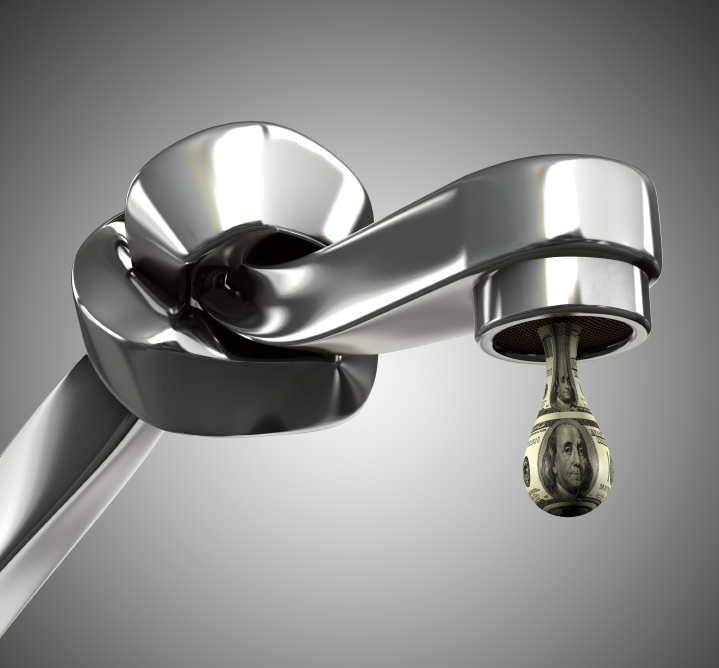Here in Central Florida, plumbing leaks waste about 14 out of every 100 gallons of water! We are talking about clean drinking water. Where is it all going? While some of it ends up going into the ground, much of it ends up between walls, behind cabinets, under concrete slabs, and in place we don’t even notice until it is too late! Before that happens, contact the Leak Doctor for non-invasive leak detection, advanced technology, exceptional customer service, and an affordable price.
The EPA gives us the facts on water leaks
 10% of homes have leaks that waste 90 gallons or more per day.
10% of homes have leaks that waste 90 gallons or more per day.
A leaky faucet dripping at the rate of one drip per second can waste more than 3,000 gallons per year.
Minor water leaks account for more than 1 trillion gallons of water water each year and is equal to annual household water use in 11 million homes.
A shower leaking at 10 drips per minute waste more than 500 gallons per year.
Replacing old toilets with WaterSense models and save 13,000 gallons of water for the average family.
How can you detect a plumbing leak?
Start by checking your utility bill
“A place to start is to examine your utility bill for January or February. It’s likely that a family of four has a serious leak problem if its winter water use exceeds 10,000 gallons (or 13.4 CCF) per month. You can also look for spikes - is your water use a lot higher this month than it was last month?” EPA
Read Your Water Meter
“Find your water meter, which is usually near the curb in front of your home but can be inside your home in cold climates. Use a screwdriver to remove the lid on your meter, which is heavy and usually marked “water.” Now that you’ve found the meter, take a reading during a period when no water is being used. If the meter does not read exactly the same after two hours, you probably have a leak.”
Take a toilet test
“Put a few drops of food coloring into the tank at the back of your toilet and let it sit for 10 minutes. If color shows up in the bowl, you have a leak. Make sure to flush afterward to avoid staining, and consider replacing your old toilet flapper if it is torn or worn.”


